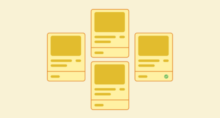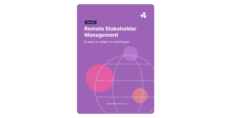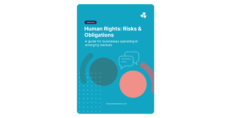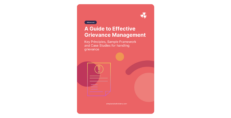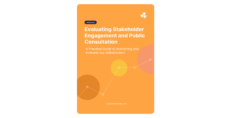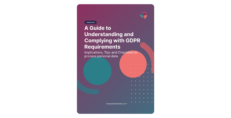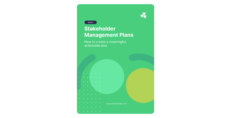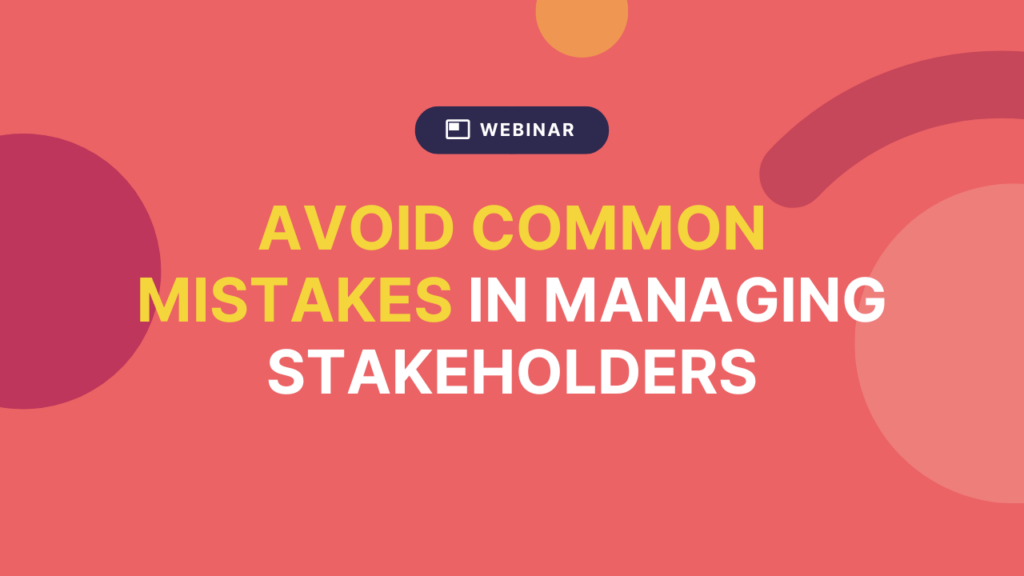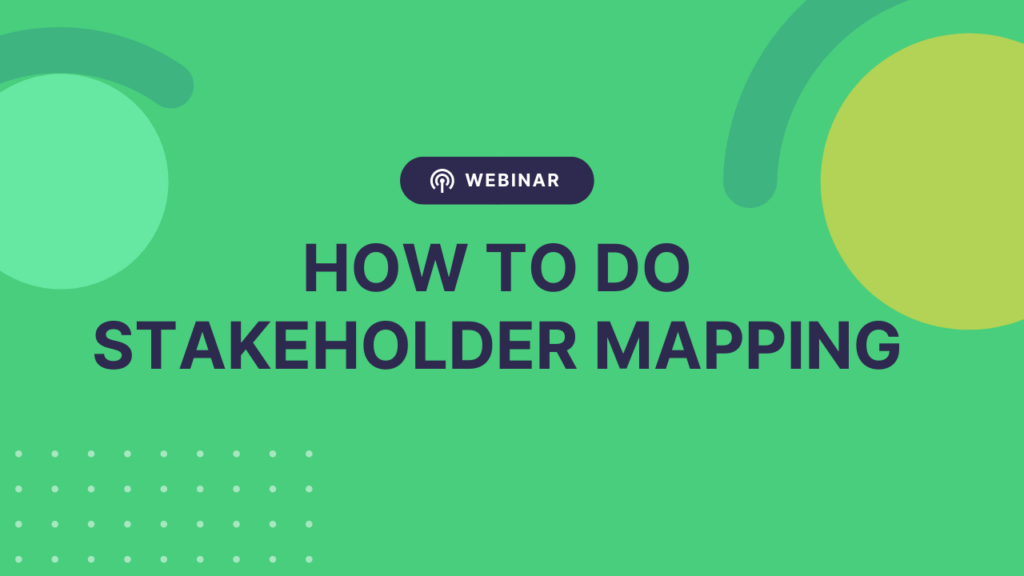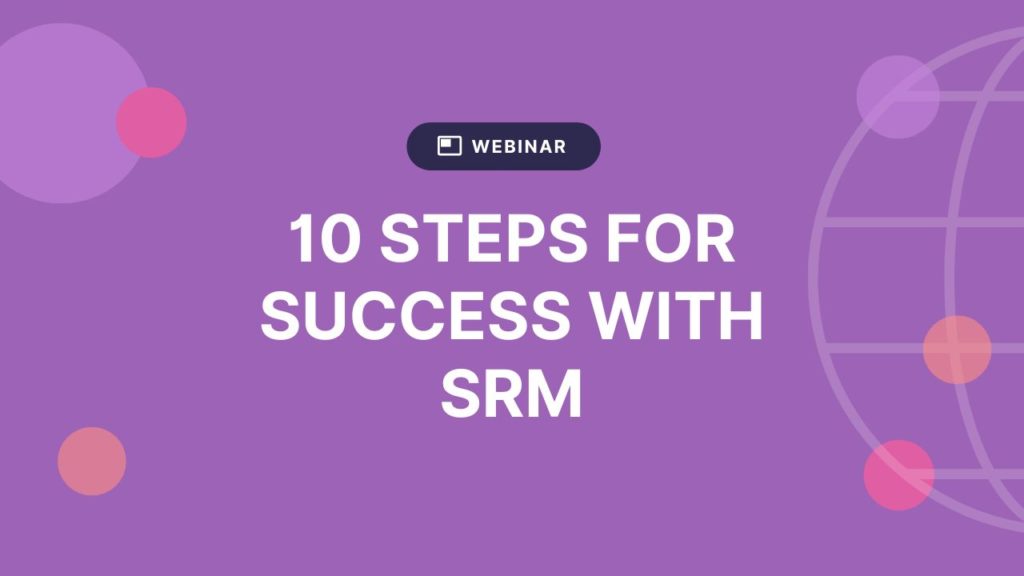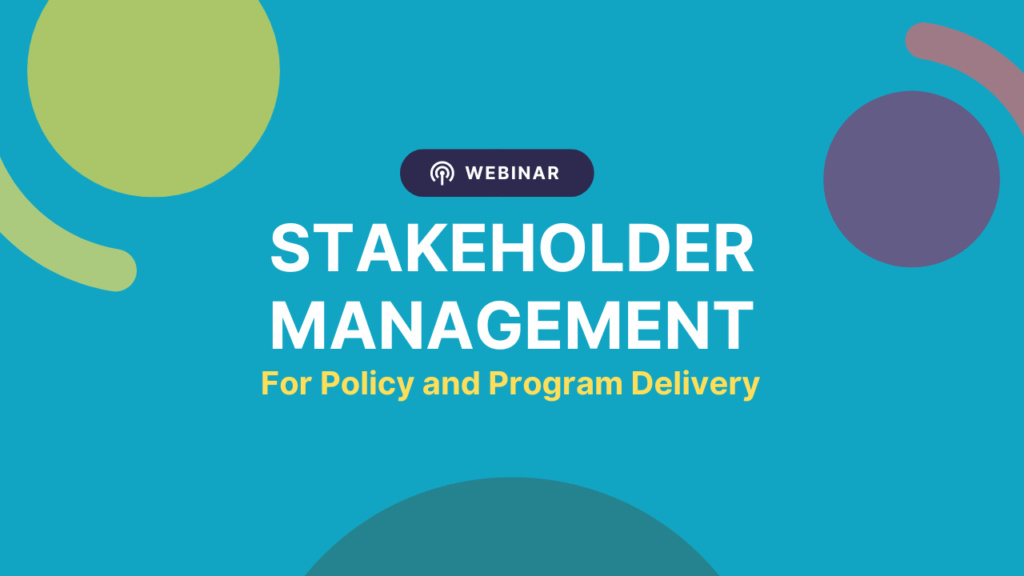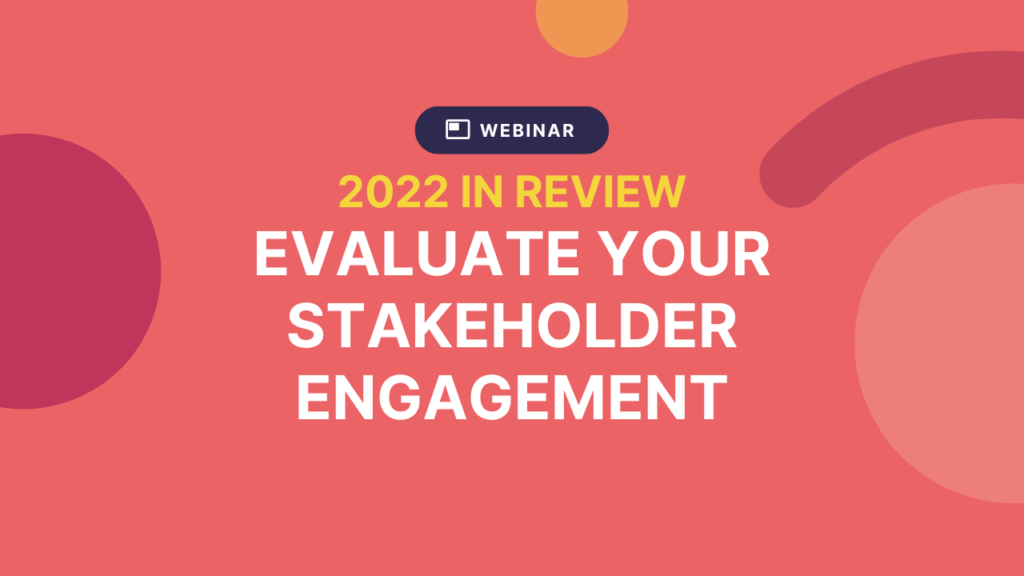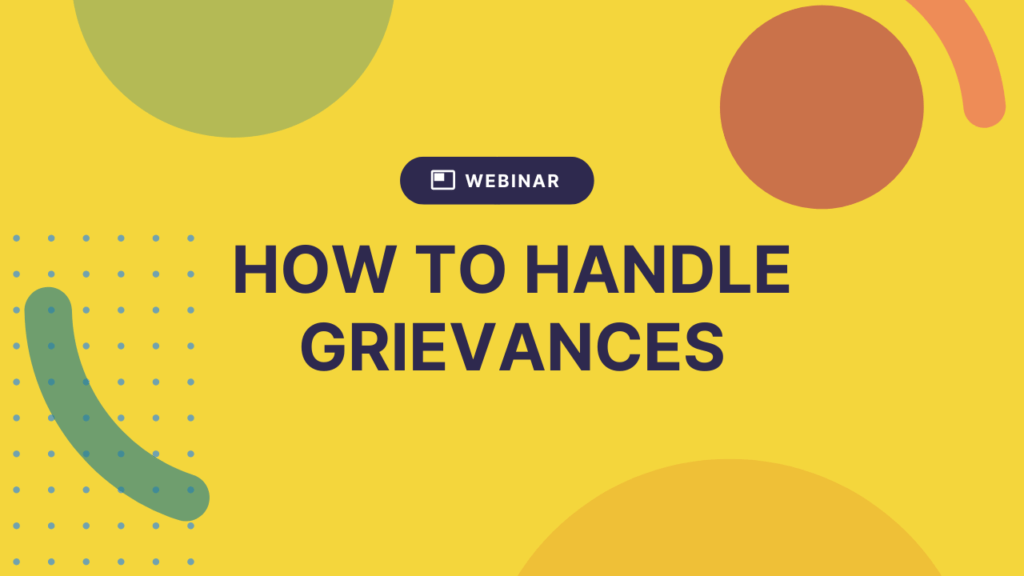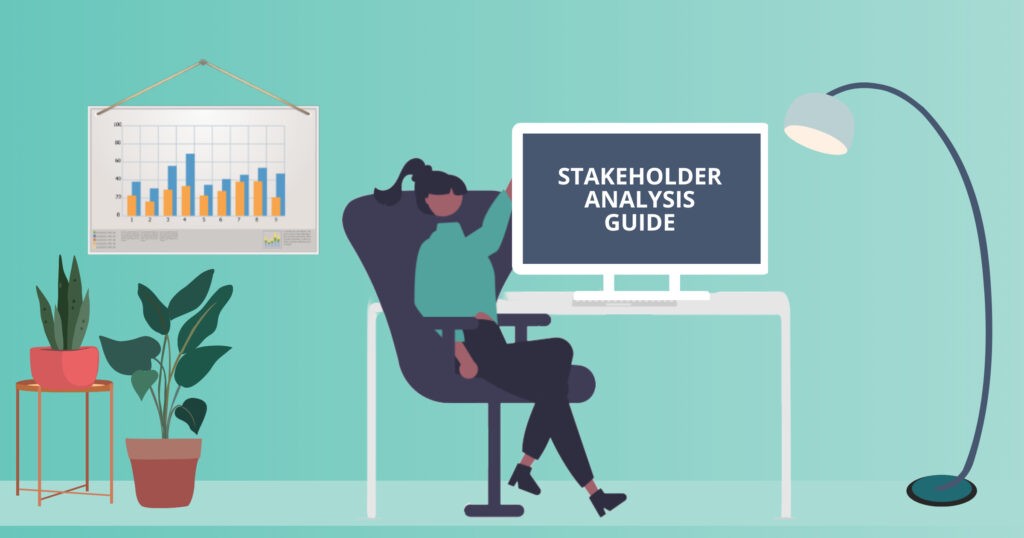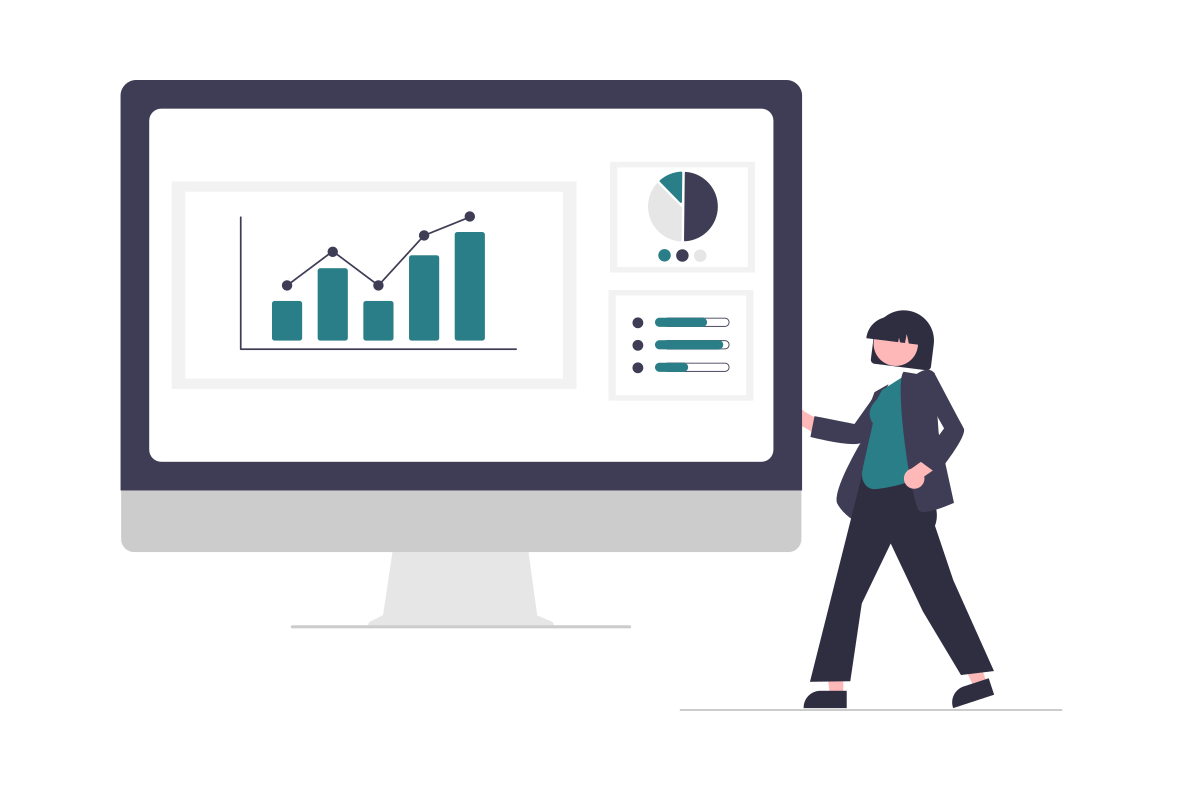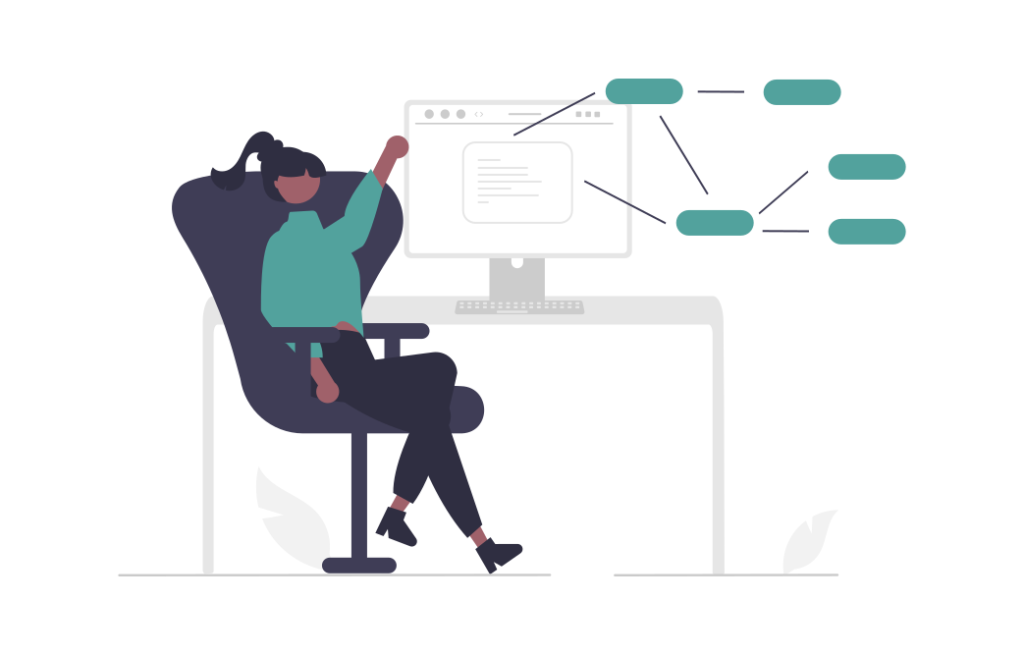Guide to Relationship Network Mapping

Most people have heard of the six degrees of separation theory. That is, that in a world of more than 8 billion people, each person is an average of six steps (or introductions) away from any other individual. Researchers actually proved this theory to be somewhat true based on a database of social network messages from 2006.
If you’re wanting to build strategic relationships inside and outside of your organization, the success of this theory should come as good news. It means you can build a connection to just about anyone — as long as you can map your pathway to them.
And that’s where relationship network mapping comes in.
What is a Relationship Network?
A relationship network refers to the people or groups that are directly connected to your organization — as well as the people and groups indirectly connected via your network’s own relationships.
Just like other types of networks (social networks, computer networks, transport networks), you can visualize your relationship network by using a map of interconnected nodes.
MIT Press has some interesting examples of relationship networks, such as networks showing SMS contacts, Facebook connections, and organizations.
What is Relationship Network Mapping?
Relationship network mapping involves visualizing some or all of the relationships surrounding an individual, organization, or project.
The end product is a diagram that shows various nodes (people or organizations) and connections between each of the nodes to show relationships.
Why do Relationship Networking?
Many of our clients at Simply Stakeholders have expressed their need to organize their stakeholder data in various structured ways — including based on their relationships. By organizing your stakeholders into relationship networks and analyzing them, you can discover new insights about the people your organization is connected with. For example, you might find out:
- Who has connections in common
- Who might collaborate well together — and how you might facilitate greater collaboration
- How you might reduce isolation (and increase engagement)
- Potential new relationships and introductions that could be mutually beneficial (and even build social capital)
- Who might be more influential or have a greater impact on your project due to their extensive relationships
These insights could help your organization strategically plan a stakeholder engagement — and more effectively execute on it. It takes a lot of time and effort to build a relationship (and maintain it). So anything that can help you be more strategic in your approach is well worth investing in.
But let’s get a little more specific about where relationship network mapping might come into play for different organizations and projects…
3 Relationship Network Mapping Applications
Mapping Complex Workplace Relationships

Many small to medium organizations will use an org chart to track the formal relationships between coworkers, while the informal relationships are never officially recorded. Of course, it’s less critical to record this information when everyone knows everyone else in the organization.
However, in larger organizations, it’s impossible for any one individual to capture and retain information on how each staff member might be connected to the others. An org chart or spreadsheet is simply too two-dimensional to capture the level of complexity needed. But a relationship network map could show all sorts of connections between employees, like:
- Colleagues that are working together on the same project or initiative (or have done so previously)
- Staff that used to work together in the same building, office, or smaller team (that have since been transferred or promoted)
- Staff that currently hold or previously held the same role (but in a different building or division)
- Employees that studied at the same university campus or completed the same degree
- Anyone that shares the same previous employer
- Who initially hired each staff member (or recommended them for a role)
There are many use cases for capturing and analyzing this type of data. For instance, it can show the strength and interconnectedness of individuals within your organization. It can highlight staff that might be more isolated than others so you can take a targeted approach to build relationships around them. And it can show you who might be an ideal candidate to champion a new initiative and bring your people together.
One of our clients put their need something like this:
“We need to get an overview and cluster employees as needed — based on not only their position, but also where they are in the change journey. I need to be able to gather them in a searchable manner that is more than what Excel allows, and I need to make it a living document rather than a stagnant one.”
Mapping Stakeholder Networks to Boost Collaboration and Conservation
Another way to apply relationship networks mapping is to identify stakeholders within a network, define groups, and facilitate greater collaboration.
For instance, a study looked at 47 people who named 297 other sustainable natural resource collaborators. By analyzing their networks, researchers were able to identify cohesive groups, people that bridged groups, and the overall structure of the network. They were able to use this analysis to identify specific groups and individuals that were more isolated, and facilitate change by introducing people with common interests. Which, in turn, led to progress and projects that positively contributed towards conservation.
Relationship Mapping to Discover Potential Resources
For our final example, you might consider how relationship network mapping could unlock additional resources or knowledge to achieve a specific goal.
For example, a non-government organization might need to build connections in a new environment in order to get established or have an impact. To do this, they could undertake a relationship mapping exercise with their members and visualize all the existing members in a network. From there, they could use this map as a communication tool that highlights to members any gaps in the existing network. They could then ask members who else they might be connected to — and how they could help expand the organization’s network with specific contacts or resources.
How to Map Your Relationship Network
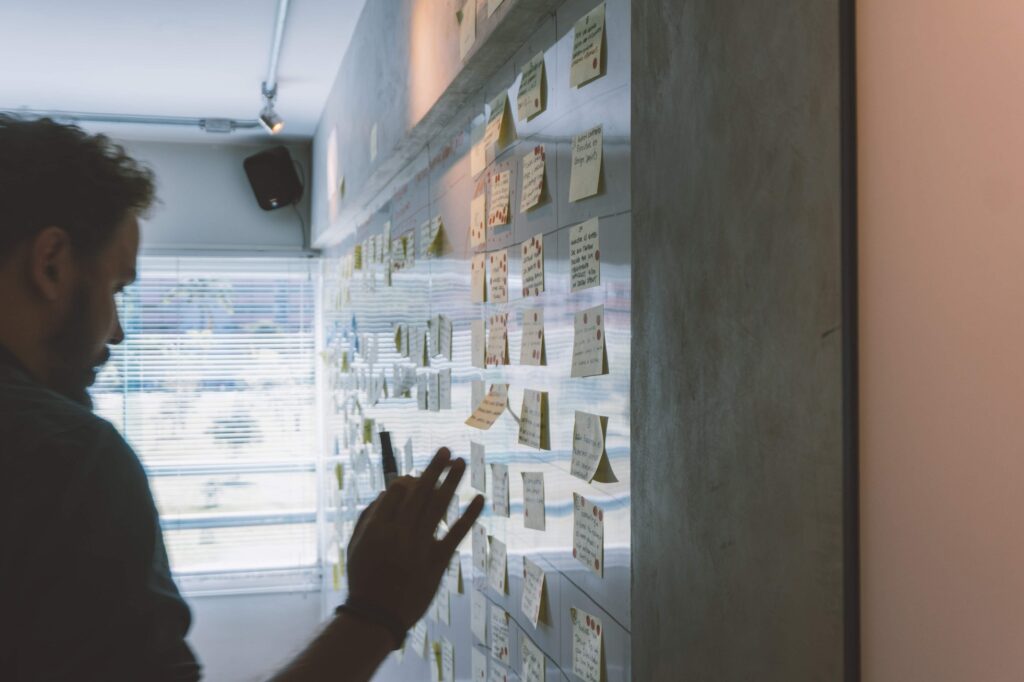
So, how do you get started with relationship network mapping?
As with all good models, you can take an old-school approach and draw your relationship network map using pen and paper (or a whiteboard). Depending on the information you want to show, it might look a bit like the examples shown here or you might use sticky notes and string so that you can move things around.
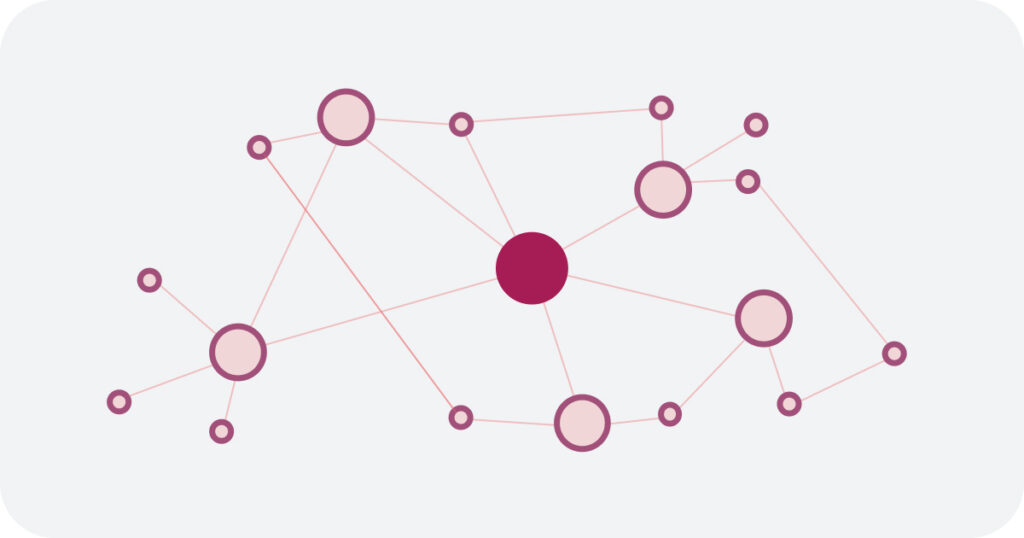
The next step up from this approach would be to use a simple online drawing tool or mind mapping software. The main benefit of this (over pen and paper) is the potential to easily edit your relationship map in future. And if you choose a tool with collaboration features, you may be able to work on it with your team.
However, our favorite way to do relationship networking is with software that’s specifically designed to show this data, and allows for easy updating and various integrations. Organizations that need to visualize large volumes of relationships and complex connections will find that this is the only practical way to do relationship network mapping. And this capability is something we’re actively building into our product, Simply Stakeholders.
After you’ve created your map (using whatever method you choose), the most important thing is that you use it. We’ve already talked about how you could benefit from a relationship network map and some ways you might apply it. But a good starting place is to consider what (or who) is missing from the map that you need to seek out — in other words, relationships you have yet to build. Look at the map to see where your network is strongest and any specific relationships that you might be able to leverage to achieve your goals.
Finally, make sure your map is a living, breathing document. Add new contacts and connections as you go along, so that your map remains a valuable source of truth and insight into your organization’s network of relationships.
Learn More
Discover more in our related content, including:

